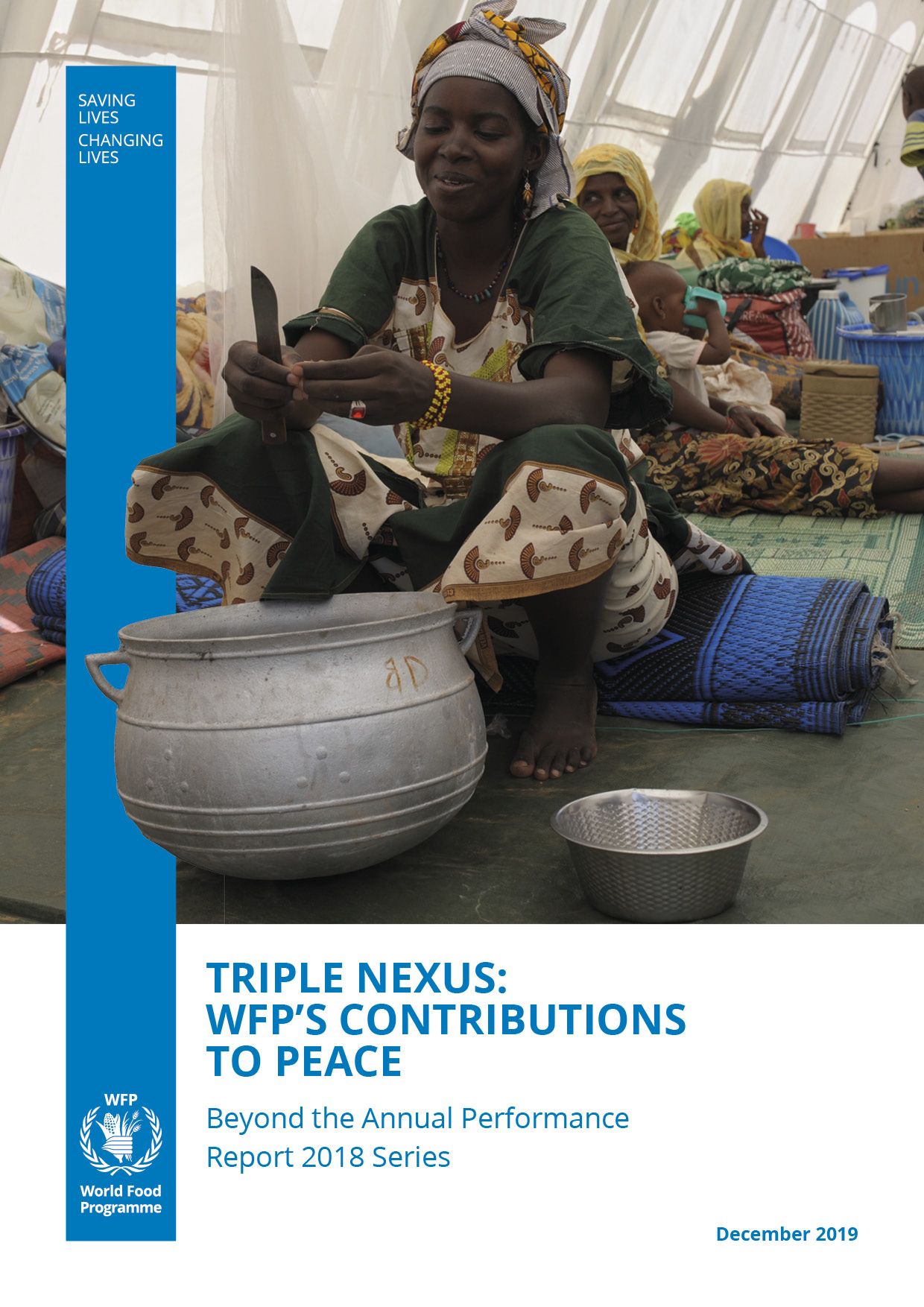Globally, it is estimated that up to 80 percent of humanitarian needs arise – in part – from violent conflict. As the world’s largest humanitarian organization, WFP is on the frontline to achieving the Sustainable Development Goals (SDGs) on ending hunger by 2030 and is a major contributor to SDG 16, which aims to build peaceful, just and inclusive societies. Food security and conflict are closely linked. The 2013 policy “WFP’s Role in Peacebuilding in Transition Settings” outlines principles and programming approaches for supporting wider United Nations efforts to help countries restore peace.
In 2018, WFP established a multi-year knowledge partnership with the Stockholm International Peace Research Institute (SIPRI) to build the evidence base on how its programming contributes to peace prospects, apply the research findings to programming, and revise the peacebuilding policy, if required.

